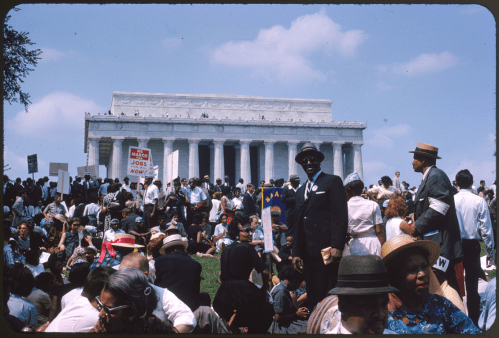An article in Wednesday’s Tennessean reports that lawmakers in Tennessee and other states are considering legislation similar to that adopted in Arizona to discourage illegal immigration.
Certainly, one could count the 37 percent increase in the Nashville area’s non-white population from 2000 to 2008 (and 21 percent increase statewide), reported in a new Brookings Institution study, among the factors fueling that response.
Yet on closer inspection, metro areas such as Nashville and Phoenix occupy different ends of the demographic spectrum.
True, things are changing rapidly in Nashville. Among the nation’s 100 largest metropolitan areas, the Nashville area experienced the fourth-fastest growth rate in immigrants and the eighth-fastest growth rate in Hispanics (including those born in the U.S.) during the 2000s.
Overall, however, the presence of these groups in Middle Tennessee remains low. While Hispanic population in the Nashville area more than doubled from 2000 to 2008, that meant an addition of only 45,000 Hispanic individuals to the region over that period. Just 6 percent of the region’s residents are Hispanic, and 7 percent are immigrants — well below national averages.
Moreover, Hispanic growth occurred alongside an increase of 140,000 whites, 30,000 African-Americans and 15,000 Asians. This indicates that people from every racial and ethnic group flocked to Nashville in search of economic opportunities and a high quality of life.
Amid this racial and ethnic change, Nashville remains a well-educated city. Nearly 30 percent of its adults possess a bachelor’s degree, the highest rate among Tennessee’s four major metro areas. Its demographic profile places Nashville among a group of U.S. metropolitan areas we term the “New Heartland” — places such as Charlotte, Kansas City and Portland with high population growth, lower Hispanic and Asian populations, and high levels of educational attainment.
Compare Nashville’s demographic trajectory to that of Phoenix, the epicenter of the latest battle against illegal immigration. While both metro areas grew fast in the 2000s, Phoenix’s immigrant population grew by 425,000 from 2000 to 2008 — almost 10 times the increase in Nashville. And Phoenix lags national averages on education, which partially explains the region’s greater difficulty in emerging from the economic recession.
What do these distinctions mean?
First, it is clear that the diverse growth occurring in the Nashville region is a sign of its economic strength and resilience. Workers — immigrant and otherwise — go where opportunities are, and Nashville appears to offer them in abundance. Second, population changes bring challenges, but these remain at a manageable scale in Nashville. Tennessee is not on its way to becoming Arizona. Rather than assert itself on illegal immigration at the state or local level and thereby send a negative message to potential new residents or businesses (a problem already affecting Phoenix), the region’s leaders should be forceful advocates for a comprehensive federal response to the issue.
And by building strong schools, high-quality communities and a diverse economy, the Nashville metropolis can aspire to grow in a different, more inclusive, way that provides increasing opportunities for all its residents. Think Dallas or Atlanta, without the traffic.


Commentary
Op-edNashville Can Shape Its Own Future
May 13, 2010